Drawing animals with charcoal can be a rewarding artistic pursuit, challenging artists to capture the essence of creatures from fur to feathers. Charcoal lends itself to dynamic expression and rich textures, making it well-suited for rendering the natural world. This article outlines the foundational techniques for approaching animal charcoal drawings, aimed at helping artists breathe life into their depictions of wildlife.
Getting Started with the Right Materials
Choosing your Charcoal
Charcoal comes in various forms, including vine, compressed, and pencil. Vine charcoal is softer and lighter, ideal for initial sketches and lighter shading. Compressed charcoal produces darker lines and is suitable for detail work and deep shadows. Charcoal pencils offer precision and control. Experiment with different types to see which suits your style.
Selecting Appropriate Paper
Paper choice is significant in charcoal drawing. For animals, a paper with a good tooth can help depict the textures of fur and feathers effectively. A heavier, textured paper will hold the charcoal better and allow for more intense work and rework without tearing. Opt for acid-free paper to ensure the longevity of your drawings.
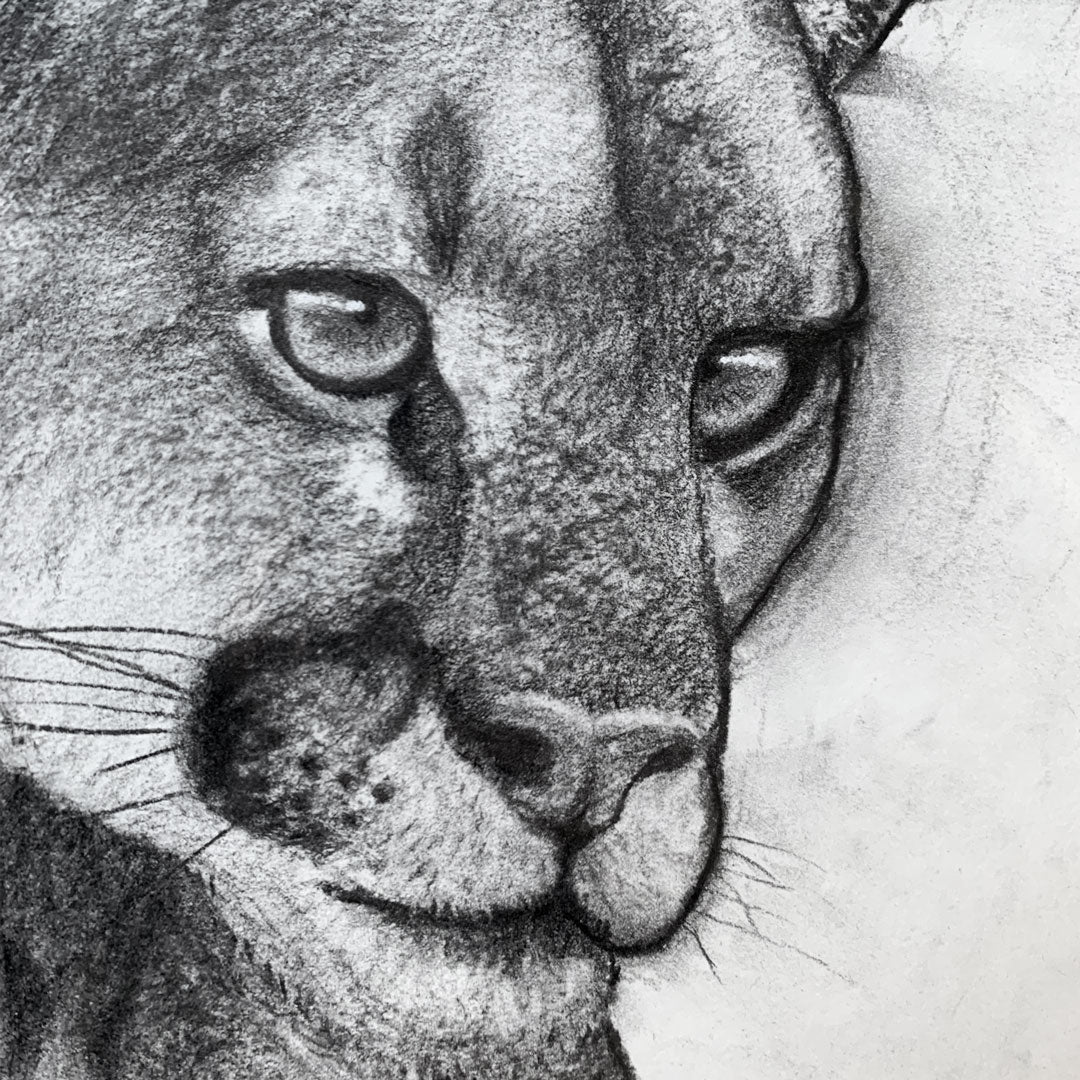
Lay the Groundwork with Basic Shapes
Constructing the Form with Geometric Shapes
Begin your drawing by loosely sketching the animal’s basic form using geometric shapes. Circles, ovals, and rectangles can help you find the correct proportions and placement on the page. This light framework serves as a guide for more detailed work and helps maintain accuracy as your drawing progresses.
Establishing the Gesture
Capturing the animal’s gesture is crucial to convey movement and life. Observe the energy and direction of the creature’s pose. Use swift, sweeping strokes to flesh out the gesture. This loose approach not only infuses life into the drawing but also helps in mapping out the overall composition and flow.
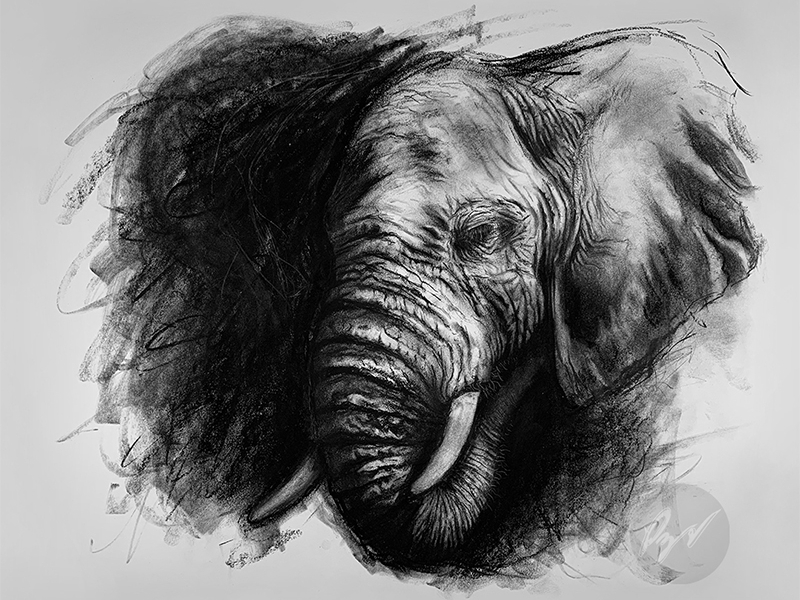
Conveying Texture
Technique for Rendering Fur
When drawing fur, work from light to dark, gradually building layers. Use a soft, feathery touch with vine charcoal or charcoal pencils for fine fur, swinging your strokes in the direction the fur grows. Layer darker strokes with compressed charcoal to create depth and volume, blending as needed to create the soft look of fur.
Capturing the Feel of Feathers
With feathers, start by defining the major sections and the flow of the plumage. Add individual feathers where detail is most needed, such as the wings or around the face. Use a razor blade or kneaded eraser to create highlights and portray the delicate edges of feathers. The key is to suggest texture without drawing every single feather, which can create a stiff appearance.
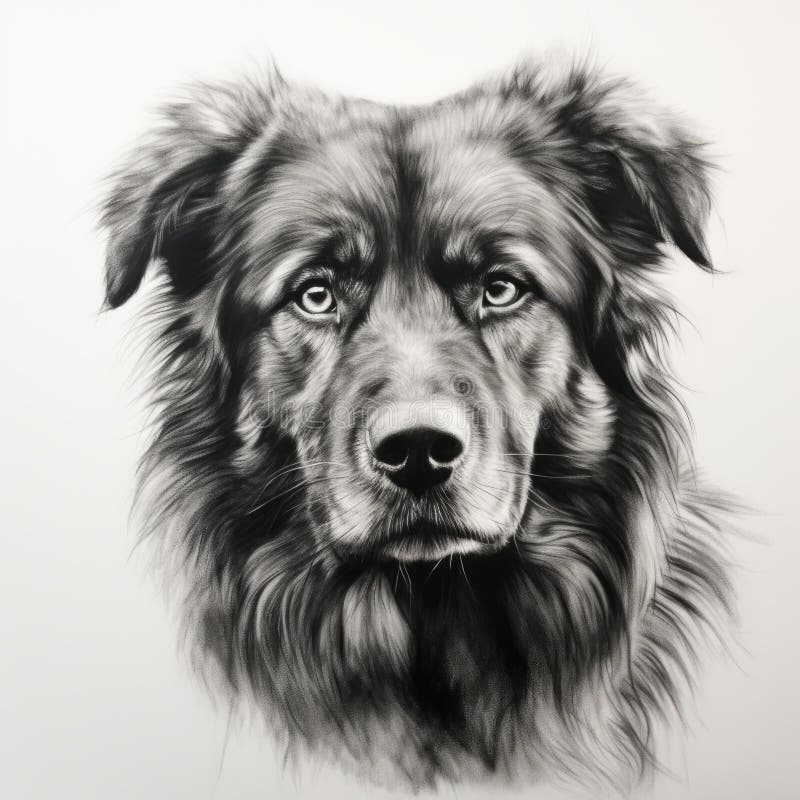
The Art of Shadow and Light
Creating Depth with Shadows
Shadows are vital for giving form to your animal drawings. Identify the light source and apply charcoal in the areas opposite to it to create shadows. Using the side of charcoal sticks can create broader, softer shadows, adding a sense of volume and weight to your subject. Be mindful of the levels of shadow, as too much darkness can flatten your drawing.
Enhancing Realism with Highlights
Highlights can make your animals pop off the page. Use a kneaded eraser or a pointed eraser to lift charcoal from the paper, creating highlights that mimic the way light plays on the animal’s form. For areas of intense brightness, such as the glistening of an eye or a wet nose, use a charcoal pencil to carefully outline the space and then erase the inside to keep it crisp and clean.
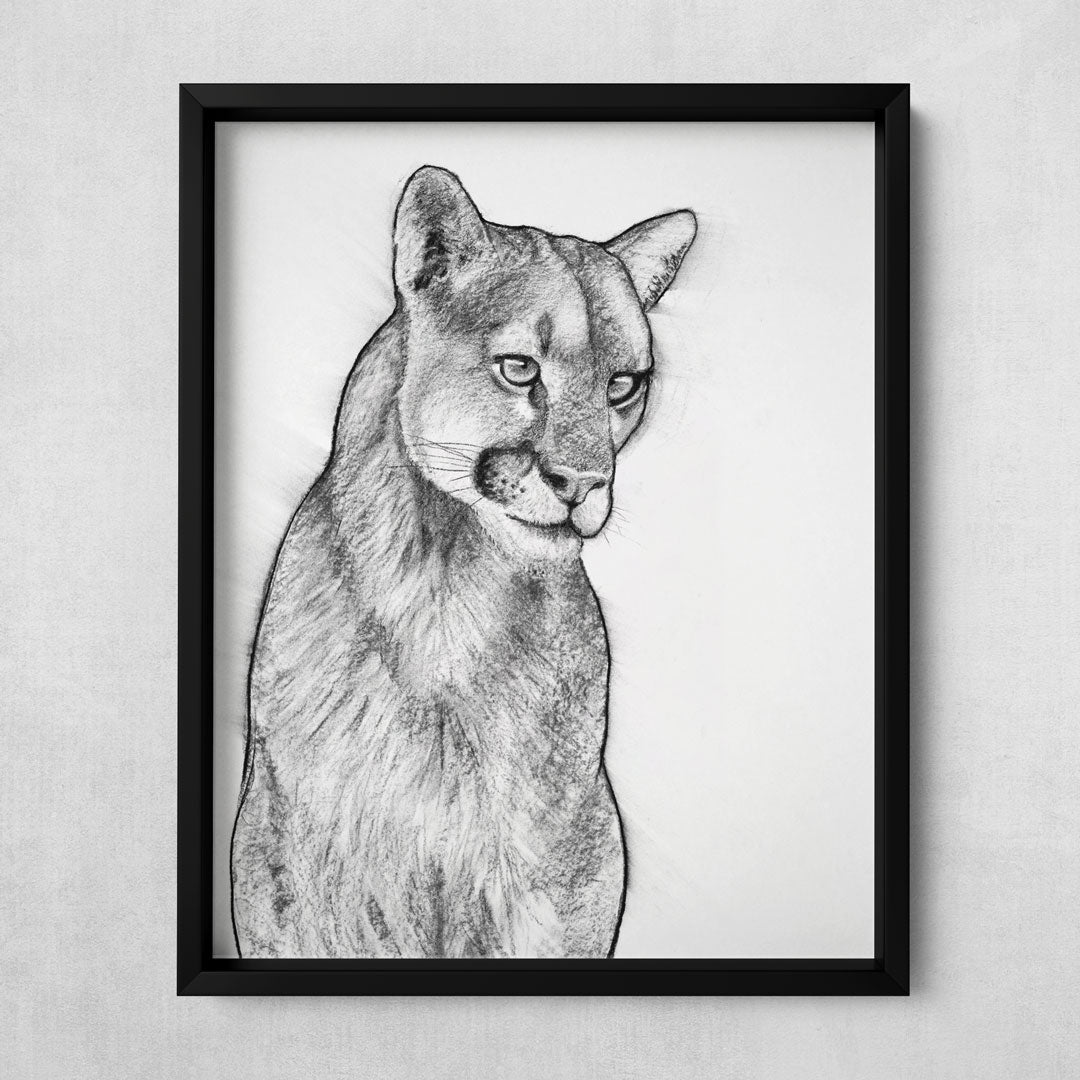
Dynamic Composition
Positioning Your Subject
Consider the placement of your animal within the frame. Centering an animal may give a formal appearance, while off-center placement can suggest movement or action. Think about the angle and perspective to enhance the drawing’s dynamism.
Background Considerations
Charcoal allows artists to play with negative space and background effects. Softly shading the area around your animal can make it stand out, creating a sense of atmosphere or environment. You don’t need to detail the background, but a suggestion of context can lend depth and interest to your piece.
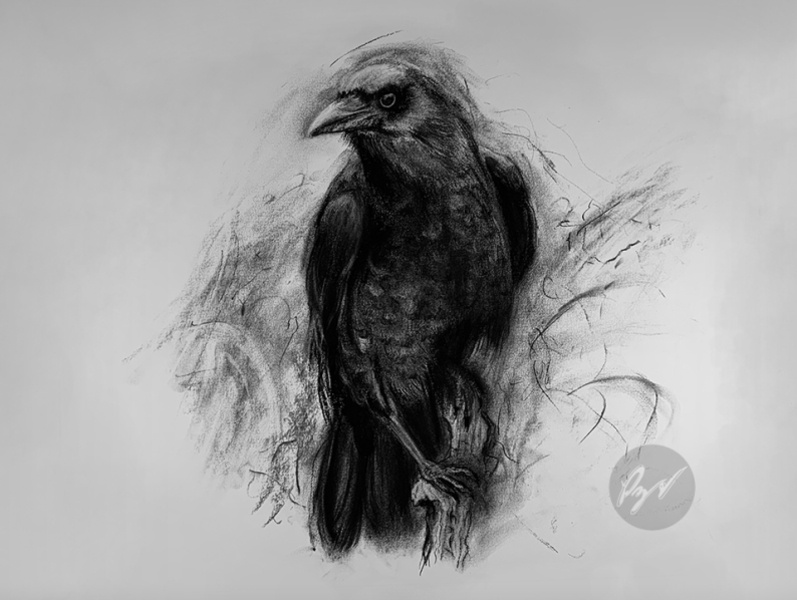
Finishing Touches and Fixing
Refining the Details
As you near completion, step back to evaluate the overall impact. Refine the eyes, nose, and other focal points with smaller, sharper marks. Visual contrast can be your final touch, adjusting the tonal balance to make the composition sing.
Preserving the Drawing
To ensure the longevity of your work, spray it lightly with a fixative. This will prevent smudging and preserve the contrast and detail you’ve worked hard to achieve. Always follow the manufacturer’s instructions and test the product on a small area or scrap piece to ensure compatibility.
Embracing the Charcoal Medium’s Versatility
Experimenting with Charcoal Forms
The variety of charcoal forms – from pencils to sticks and powders – invites experimentation. Use them in conjunction with each other to enrich your textural range. A broad sweep with a stick might lay down the general tone for a section of fur, while detailed lines from a charcoal pencil define whiskers or the subtle dappling of an animal’s coat. Don’t hesitate to mix mediums, perhaps introducing graphite for finer details or white charcoal for stark highlights.
Building and Lifting Techniques
Charcoal is forgiving in that it allows for both additive and subtractive methods. Building up the charcoal in layers can create a dense, rich black that’s ideal for shadowed areas or the deep hues of an animal’s coat. Conversely, lifting charcoal with an eraser provides an immediate way to introduce textures or correct proportions. This push-and-pull process often yields unexpected and dynamic results that can give your animal drawings a unique quality.
The Importance of Observation and Practice
Studying Animal Anatomy and Behavior
To convincingly capture animals on paper, it’s vital to understand their anatomy and how their bodies move. Study skeletons and musculature, as well as the way fur or feathers lay over their form. Observing animals in motion, whether in person or through videos, can provide insight into natural poses and how light interacts with their bodies. Make it a habit to sketch frequently, as practice solidifies these observations into a deepened understanding of animal forms.
Regular Practice to Hone Skills
Like any art discipline, mastering charcoal drawing requires practice. Commit to regular drawing sessions, focusing on different animals and textures each time. Start with quick sketches to warm up before diving into more detailed work. Over time, you’ll notice an improvement in both your technical abilities and your ability to capture the spirit of your animal subjects. Each drawing, even those that don’t turn out as planned, is a step towards developing a confident, personal style within the charcoal medium.
By understanding and leveraging charcoal’s distinctive qualities, artists can turn simple drawings into captivating portrayals of wildlife. Keep experimenting, observing, and practicing to fully explore the potential of charcoal, making your animal drawings stand out with lifelike detail and expressive dynamism. Whether you’re sketching in a studio or capturing the wildlife around you, the journey with charcoal is bound to be as rewarding as the beautiful artwork it produces.